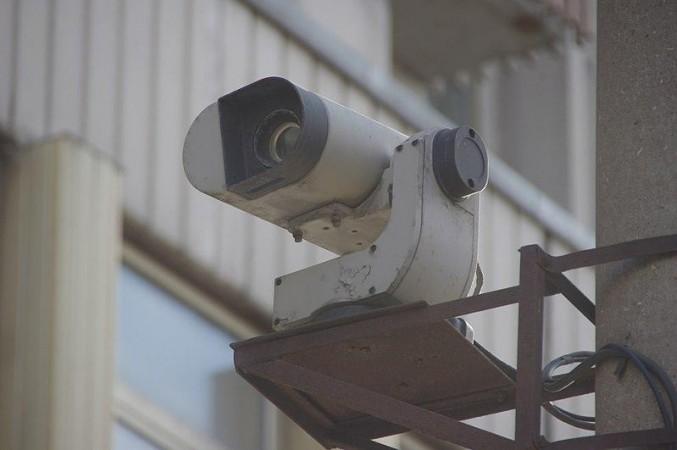In a bid to reduce heinous crimes, the Lucknow police is all set to install artificial intelligence-enabled cameras in public places that will click pictures of women in distress on the basis of their facial expressions and send an alert message to the nearest police station immediately.
According to TOI, the police is confident that the app will efficiently detect even a minor change in the facial expressions of women, who have been subjected to stalking, threat or eve-teasing and as evidence. It will be enough for the law enforcers to nab the culprit. But is that all required to bring down crime rates in cities?

Common perception regarding surveillance
"After collecting feedback, we have identified 200 hotspots where the movement of girls is maximum and from where most of the complaints are received," Lucknow police commissioner DK Thakur said while discussing a 'safe city' initiative during a workshop, titled 'Aashish: Abhay aur Abhyudaya' at LU's Tilak hostel on Wednesday.
"We will set up five AI-based cameras which will be capable of sending an alert to nearest police station. These cameras will become active as soon as the expressions of a woman in distress change. Before she takes out the phone and dials 100 or UP 112 for help, an alert will reach the police," he added.
The police commissioner also stated that Lucknow is the only city in Uttar Pradesh which has been nationally selected to be developed as a 'safe city' for women.

It is a common perception among law enforcers that installing high-tech cameras across lanes and roads will effectively deter crime rates in megacities. Yes, they do have proved useful in solving crimes with proper footages but they haven't necessarily been able to deter them always.
Statistics say cameras don't help much
The proposal for installing CCTV cameras was ramped up after the Delhi gang rape of 2012, with the state and central government spending hundred and crores of rupees through the years.
Mint cited a study conducted by Surfshark, a VPN company based in the British Virgin Islands, which stated that Chennai has installed nearly 280,000 cameras, followed by Hyderabad and Delhi, with 300,000 and 429,000 cameras respectively, ranking second and eighth on the list of camera density metric. But crime rates in these—or any other Indian city—doesn't seem to have decreased.
The study revealed that Chennai and Kochi have a similar crime index: 40.31 and 41.08. But CCTV camera density in these two cities varied vastly around 657.54 and 10.54 per sq. kilometres respectively.
In an overall, India recorded a 1.6 per cent rise in crime from 2018-19, according to a report released by the National Crime Records Bureau in October last year. While crimes against women increased by 7.3 per cent during this period of time, the report said further.
It is no doubt that cameras are not useful. But other factors such as manpower, proper infrastructure and adequate intelligence networks are required to be built across towns and cities, at first.

















